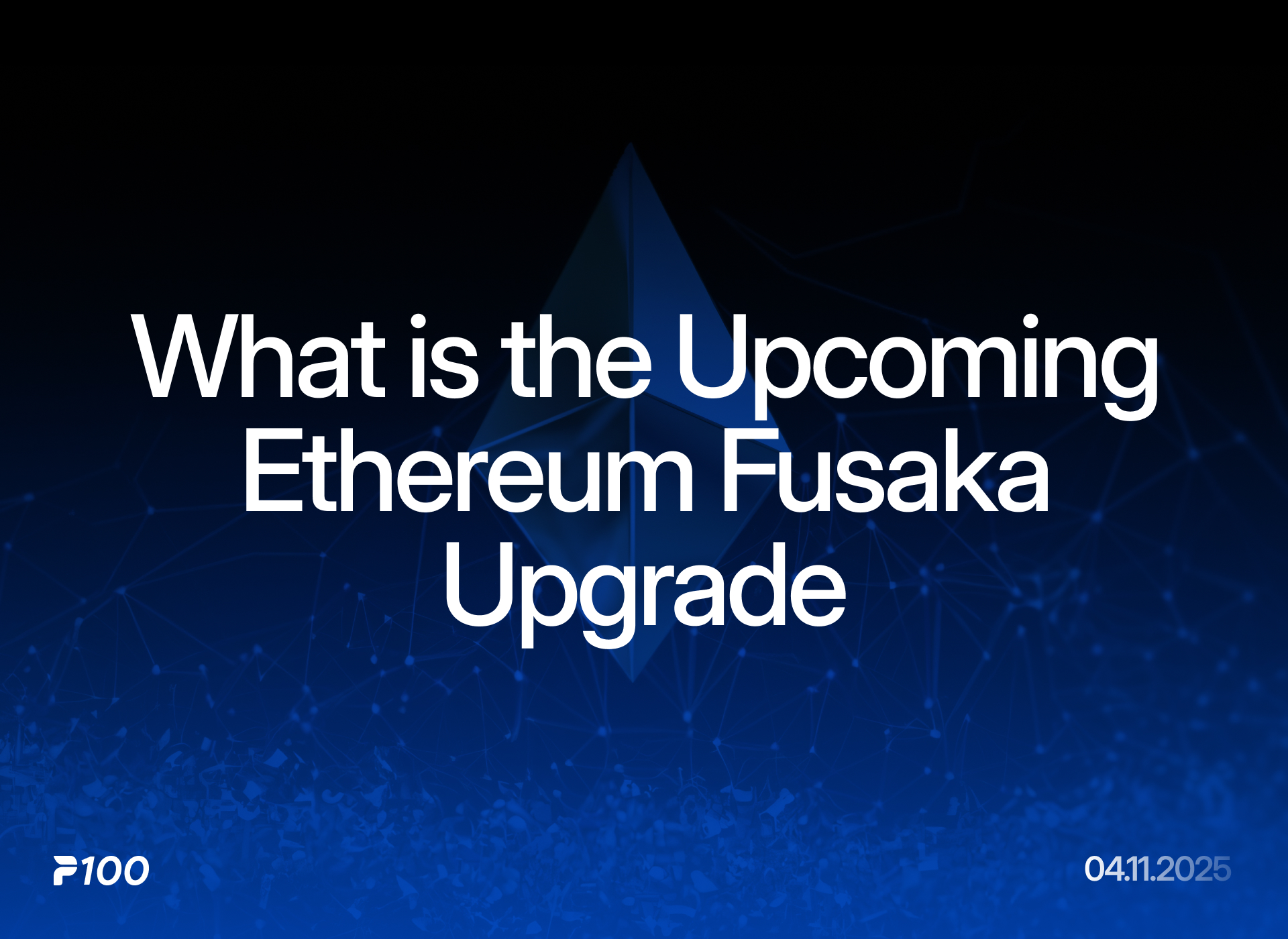
What Is the Fusaka Upgrade?
Fusaka is a planned Ethereum fork designed to increase network capacity and streamline validator operations. It includes about a dozen protocol improvements that together make Ethereum’s data layer more scalable and cost-effective.
While upgrades like Shanghai and Pectra brought new user features (such as staking withdrawals and smart wallets), Fusaka is an under-the-hood optimization. Its goal is to boost Ethereum’s performance for the next wave of adoption without compromising decentralization.
Key Technical Changes Introduced by Fusaka
1. PeerDAS (EIP-7594)
Peer Data Availability Sampling, or PeerDAS, changes how Ethereum nodes verify new data. Instead of downloading every byte of each new “blob” (a data packet used by Layer 2 rollups), validators will randomly sample small portions to confirm that the full data exists.
This drastically reduces bandwidth and storage needs, while allowing much larger rollup data per block. As a result, Layer 2 networks can post more transactions on Ethereum at a lower cost.
2. Higher Gas Limit (EIP-7935)
Fusaka raises Ethereum’s gas limit, meaning each block can include more transactions and smart contract calls. Developers are testing an increase from roughly 45 million to over 60 million gas units, with potential to grow further. This directly improves throughput and reduces congestion during peak network activity.
3. Verkle Trees
Fusaka also introduces Verkle trees, a next-generation cryptographic data structure that makes blockchain proofs smaller and faster to verify.
4. Additional Optimizations
The upgrade includes several smaller yet impactful improvements:
- New EVM instructions for faster computations
- Better spam resistance to reduce wasted block space
- Support for the secp256r1 elliptic curve, improving compatibility with mainstream web cryptography
Together, these changes make Ethereum more efficient, secure, and developer-friendly.
Why Fusaka Matters
For Users and Dapp Builders
Fusaka will make transactions on Layer 2 networks cheaper and faster, since rollups will be able to post more data to Ethereum at lower cost. This means smoother experiences for users of apps built on Optimism, Arbitrum, Base, and other L2 networks.
For Node Operators and Validators
PeerDAS dramatically reduces hardware and bandwidth requirements, making it easier for individuals to run Ethereum nodes. Lower resource demands increase decentralization by enabling more people to participate in network validation.
For Developers and Infrastructure Providers
Client developers will need to update software to support Fusaka’s EIP (Ethereum Improvement Proposal), but will benefit from:
- Faster sync times
- More predictable gas behavior
- New cryptographic tools for advanced contracts
For the Ethereum Ecosystem
Fusaka strengthens Ethereum’s role as the settlement layer for the growing web3 economy. By cutting rollup fees and improving efficiency, Ethereum stays competitive as the most secure and decentralized Layer 1 for global applications.
Conclusion
The Ethereum Fusaka upgrade is a milestone in Ethereum’s journey toward limitless scalability. By implementing PeerDAS, increasing the gas limit, and adopting Verkle trees, Fusaka ensures that Ethereum can support more users, more apps, and more transactions without sacrificing decentralization.
For developers and node operators, it means better performance and lower costs. For users, it means cheaper and faster transactions. And for the ecosystem, it’s another step toward Ethereum’s vision of being the global, secure base layer for decentralized applications.
Start Experiencing the Future of Crypto with P100
Upgrades like Ethereum Fusaka are paving the way for faster, cheaper, and more scalable blockchain transactions — and P100 is built to help you take advantage of it.
Whether you’re managing your crypto portfolio, converting assets, or sending payments, the P100 app gives you a simple, secure, and compliant way to move between digital and traditional currencies — all in one place.
Stay ahead of every upgrade. Download the P100 app today and experience how effortless crypto can be.


